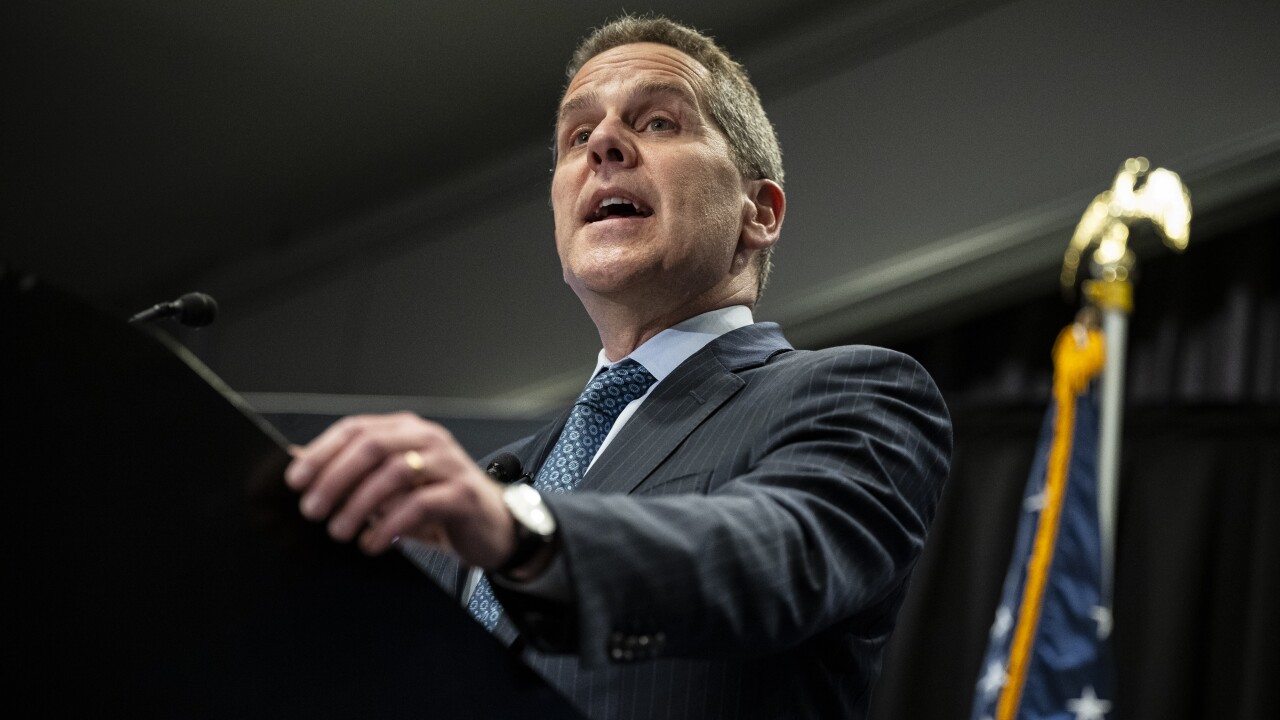Nine of the largest, most complex financial institutions recently submitted living wills, plans required by Dodd-Frank detailing how they could unwind themselves facing a failure, to regulators.
Each of these plans included a public portion. The "banks mostly followed the same template in filing their 'living wills,'" write American Banker's Donna Borak and Rob Blackwell, but "there were subtle but significant differences in their approach."
Looking at just one example, JPMorgan outlines three different possibilities: creating a bridge holding company, using the bankruptcy process, and selling off the pieces. In the bridge option only the holding company would be in receivership. The bankruptcy option would involve recapitalization efforts. "Reading between the lines," of the third option, selling off, "this feels like JPMorgan's least favorite alternative, as it is presented last and in much less detail than the other two," observe Borak and Blackwell.
Citi presented two possibilities and Morgan Stanley presents what was "perhaps the tersest of plans."
"What will be interesting going forward is to the degree those differences are grounded in business models and remain, or to what extent — through interaction with regulators or seeing what others have done — there are common approaches that emerge," said Sheryl Kennedy, the chief executive officer of Promontory Financial Group Canada.
Why ask a Canadian? Note that July 3 dateline.
For the full piece see "





